A woman in her 40s with acute chest pain and shortness of breath
Dr. Smith's ECG Blog
NOVEMBER 21, 2024
Smith : This is classic for pulmonary embolism (PE). Acute pulmonary embolism was confirmed on CT angiogram: The patient did well. Dyspnea, Chest pain, Tachypneic, Ill appearing: Bedside Cardiac Echo gives the Diagnosis 31 Year Old Male with RUQ Pain and a History of Pericarditis. Vitals were within normal limits.

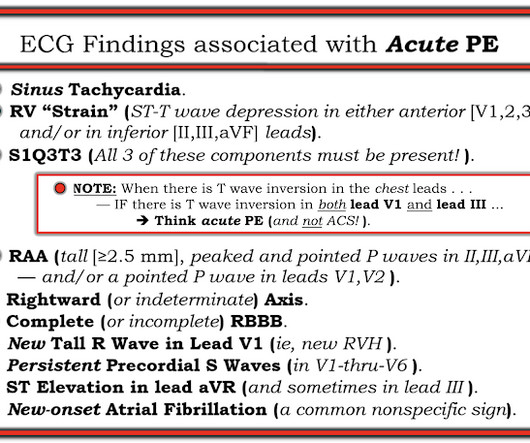
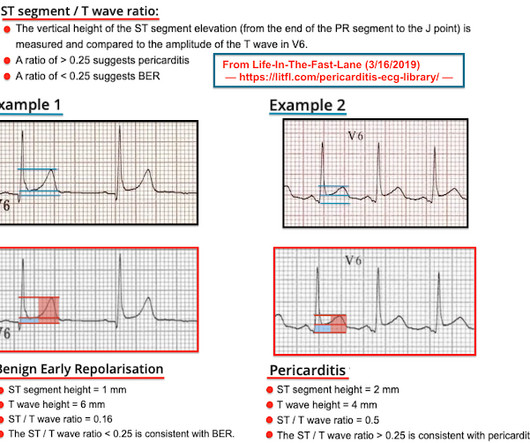
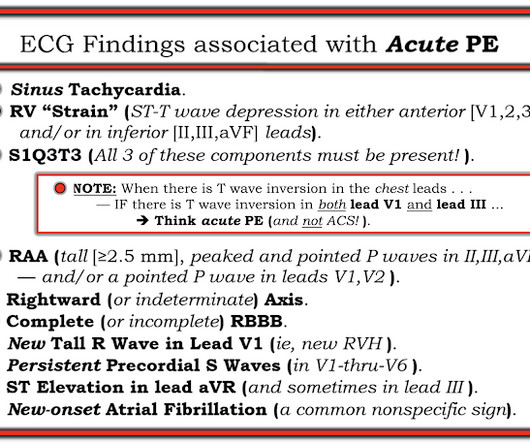
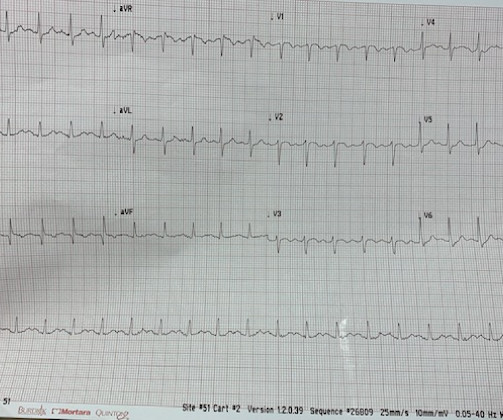

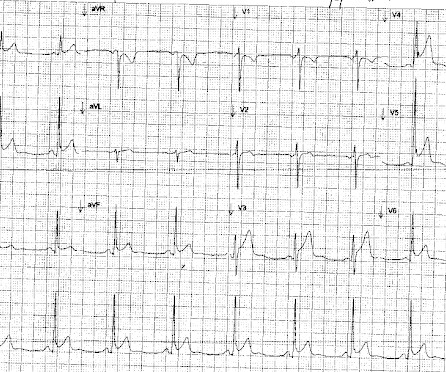
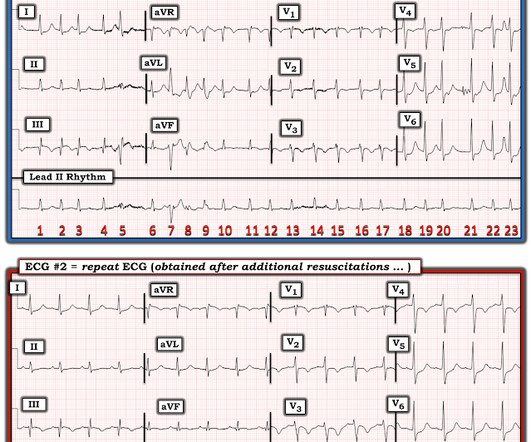
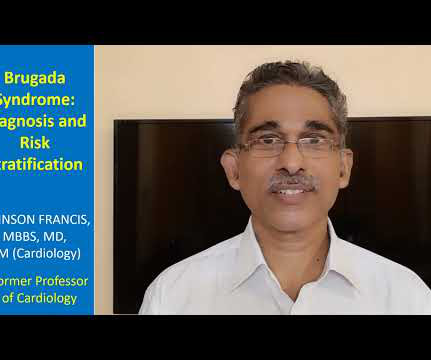
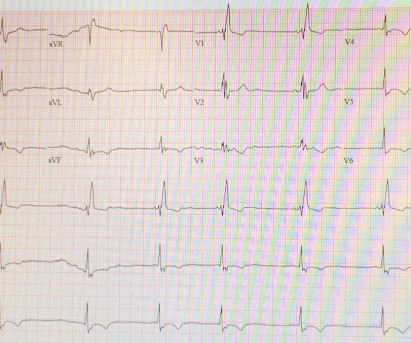
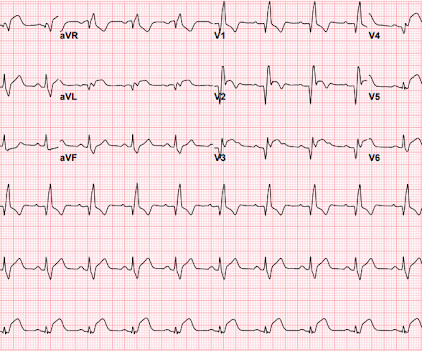
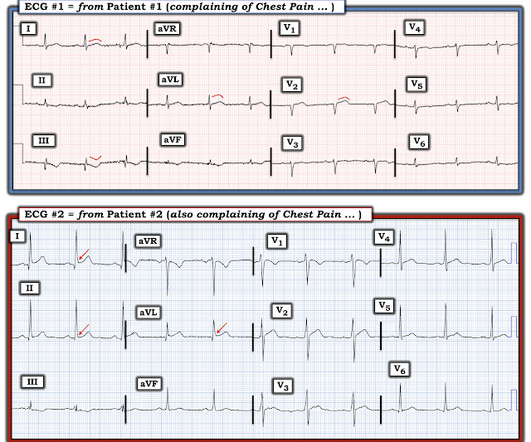
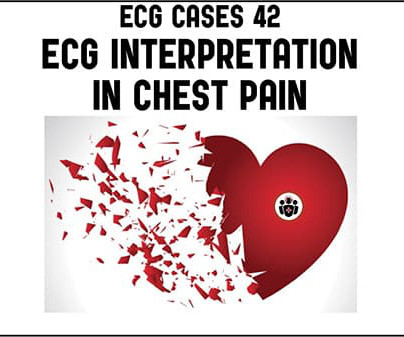
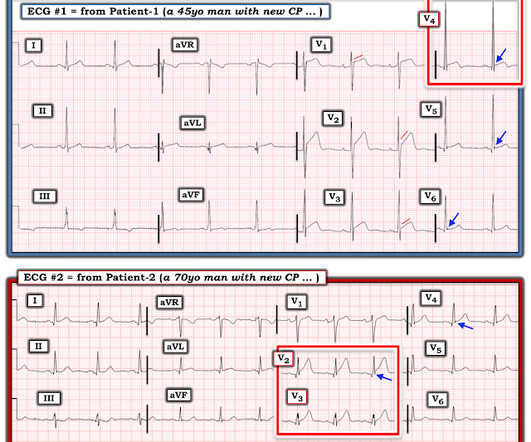






Let's personalize your content